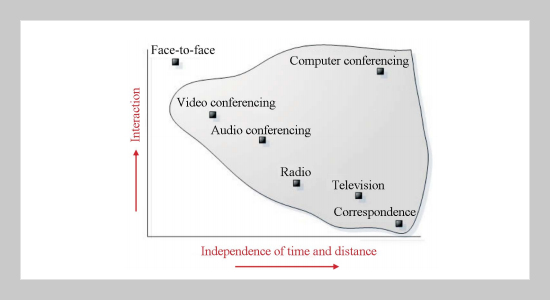Shwu-Huey Yen1 , Lawrence Y. Deng This email address is being protected from spambots. You need JavaScript enabled to view it.2 and Yung-Hui Chen1 1Department of Computer Science and Information Engineering, Tamkang University Tamsui, Taiwan 251, R.O.C.
2Department of Computer Science and Information Engineering, St. John’s & St. Mary’s Institute of Technology Tamsui, Taiwan 251, R.O.C.
Received:
April 14, 2005
Accepted:
May 4, 2005
Publication Date:
June 1, 2005
Download Citation:
||https://doi.org/10.6180/jase.2005.8.2.06
Distance education has been an important research issue of multimedia computing and communication. Since the instructional activities are implemented on cyberspace, how to control behaviors of students and to increase the degree of communication awareness has been a challenging issue. This paper presents an advanced Petri Net model to analyze the workflow of a web-based multiple participants virtual environment. The presented approach not only can conspicuously help the developer to comprehend the interaction relationship between the client-server virtual environments but also to easily construct a shared virtual world. We proposed a system based on the scaffolding theory. Behaviors of students are supervised by an intelligent control system, which is programmed by the instructor under our generic interface. The interface is built based on virtual reality and real-time communication technologies. Students and instructors have their individual avatars that are controlled by a video game like navigation. Those behaviors that violate virtual campus regulations are detected and interceptive actions are performed. Problems of providing the multi-user interaction on the Web and the solutions proposed by the Petri Net model are fully elaborated here. This paper can be used as a basic/fundamental research framework and tools to study and understand the characteristics of e-learning and to explore its optimal education application.ABSTRACT
Keywords:
Virtual Reality, Distance Learning, Scaffolding Theory, Animation, Behavior Supervision, Real-time Communication
REFERENCES
















